Growing Vine Plants for a Natural Privacy Fence
Creating a natural privacy fence using vine plants is not just about aesthetics; it’s about transforming your outdoor space into a serene sanctuary. Imagine stepping into your backyard and being greeted by a lush, green wall, teeming with life and color, that shields you from the outside world. Vine plants offer an eco-friendly solution, providing both beauty and seclusion, while also attracting beneficial wildlife like birds and butterflies. By choosing the right varieties and employing effective growing techniques, you can cultivate a vibrant privacy screen that enhances your home’s landscape.
One of the most exciting aspects of growing vine plants is the variety available. From fragrant jasmine to colorful clematis, the choices are endless! Each type of vine brings its own unique charm and character. This means you can customize your privacy fence to reflect your personal style. Whether you’re looking for something fast-growing or a slow and steady climber, there’s a vine out there that will suit your needs. Plus, they can be trained to grow on various structures, adding another layer of creativity to your gardening project.
Moreover, vine plants are relatively low-maintenance once established, making them an excellent choice for busy homeowners. With the right care, these plants can flourish and provide you with a beautiful green screen that not only offers privacy but also helps to reduce noise pollution and improve air quality. The natural beauty of vines can soften hardscapes and make your outdoor space feel more inviting. Imagine hosting a summer barbecue while surrounded by the fragrant blooms of climbing roses or the vibrant foliage of a wisteria. It’s an experience that truly elevates your outdoor living.
However, it’s essential to understand that successful vine planting requires some planning and knowledge. Factors like climate, soil type, and the specific needs of each plant will play a significant role in the overall success of your privacy fence. For instance, some vines thrive in full sun, while others prefer partial shade. By doing a little research and selecting the right species for your environment, you can ensure that your vines will not only grow but will thrive, creating a stunning natural barrier that enhances your home’s beauty.
In conclusion, growing vine plants for a natural privacy fence is a rewarding endeavor that combines beauty, functionality, and environmental benefits. With a bit of planning and care, you can create a lush, green retreat right in your backyard. So, are you ready to dig in and start your journey towards a more private and picturesque outdoor space? Let’s explore how to choose the right plants, prepare your soil, and maintain your vine garden to make your vision a reality!
- What are the best vine plants for privacy? Some popular choices include English Ivy, Honeysuckle, and Trumpet Vine. These varieties are known for their fast growth and dense foliage.
- How long does it take for vine plants to grow? Growth rates can vary, but many vine plants can reach significant heights within a year or two with proper care.
- Do vine plants require a lot of maintenance? Once established, many vine plants are relatively low-maintenance, requiring occasional pruning and watering, especially during dry spells.
- Can I grow vine plants in pots? Yes, many vine plants can thrive in containers, making them a versatile option for patios or balconies.
- How do I prevent pests on my vine plants? Regular inspections and natural pest control methods, such as introducing beneficial insects or using organic pesticides, can help keep pests at bay.
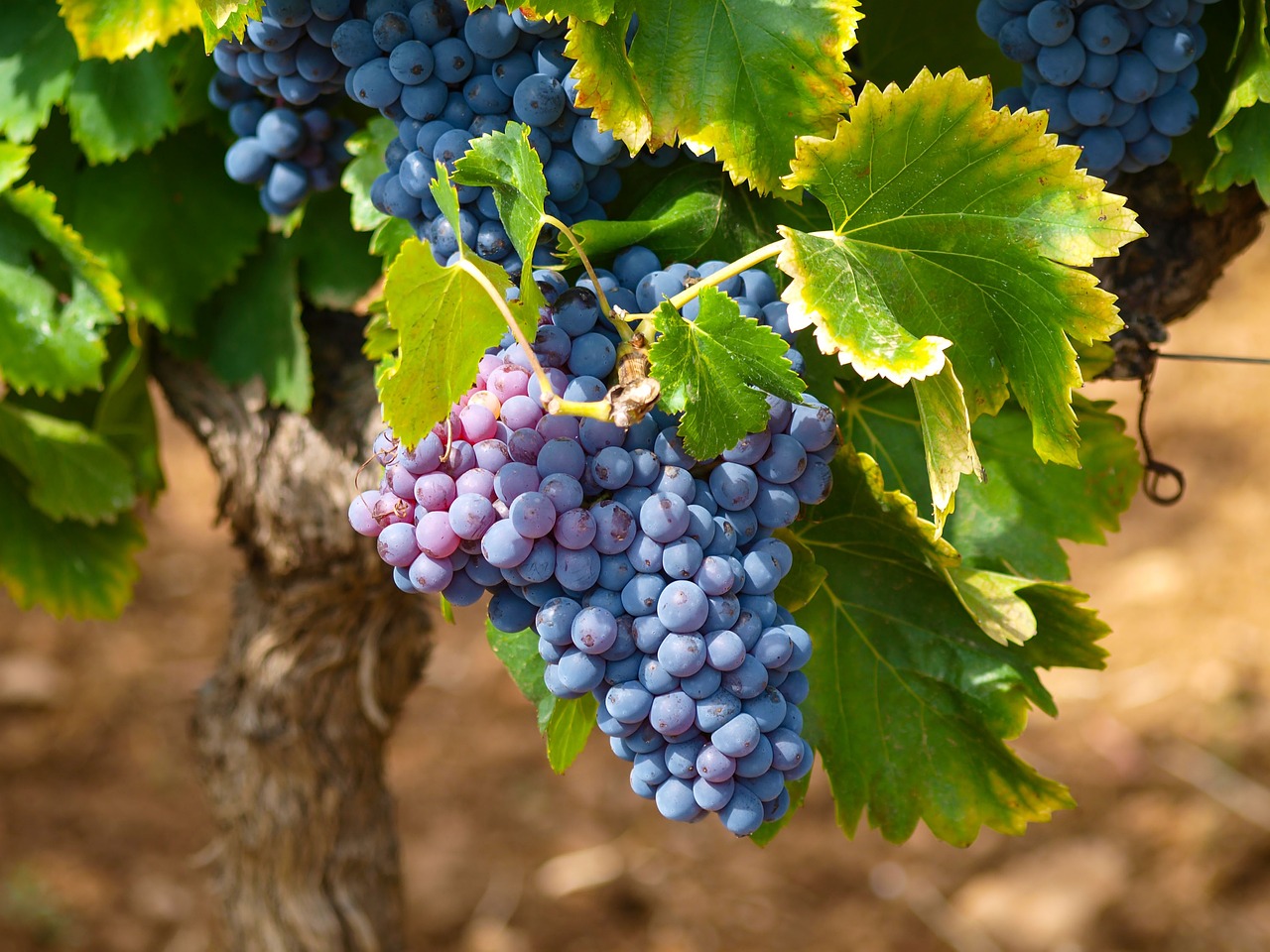
Choosing the Right Vine Plants
When it comes to creating a natural privacy fence, is absolutely crucial. You want to make sure that the plants you select not only thrive in your local climate but also grow at a rate that suits your needs. Imagine standing in your garden, surrounded by lush greenery that offers both beauty and seclusion—this is the dream, right? But to turn that dream into reality, you need to consider a few key factors.
First off, think about your local climate. Are you in a region with hot summers and cold winters, or is your area more temperate? Different vines have different tolerances to heat and cold. For instance, hardy varieties like Virginia creeper can withstand colder temperatures, while tropical options like passionflower may struggle in frost. Understanding your climate is the first step to making the right choice.
Next, consider the growth rate of the vines. Some vines, like the quick-growing wisteria, can provide coverage in just a couple of seasons, while others, like the slower-growing clematis, might take a bit longer to fill out your fence. If you're looking for immediate privacy, you might lean towards faster-growing options, but keep in mind that they may require more frequent pruning to keep them in check.
Another vital aspect is the maintenance requirements. Some vines are low-maintenance and can thrive with minimal care, while others may require regular attention, including watering, pruning, and pest management. If you lead a busy lifestyle, opting for hardy and self-sufficient varieties can save you time and effort. For example, honeysuckle and ivy are known for being relatively easy to care for.
To help you make an informed decision, here's a quick comparison table of popular vine plants:
| Vine Plant | Growth Rate | Climate Tolerance | Maintenance Level |
|---|---|---|---|
| Virginia Creeper | Fast | Cold Hardy | Low |
| Wisteria | Fast | Moderate | Medium |
| Clematis | Slow | Moderate | Medium |
| Honeysuckle | Medium | Moderate | Low |
| Ivy | Fast | Moderate | Low |
In summary, when choosing the right vine plants for your natural privacy fence, consider factors such as climate, growth rate, and maintenance requirements. By doing your homework and selecting the appropriate varieties, you can create a stunning green wall that provides both beauty and seclusion. So, are you ready to transform your outdoor space into a private oasis?
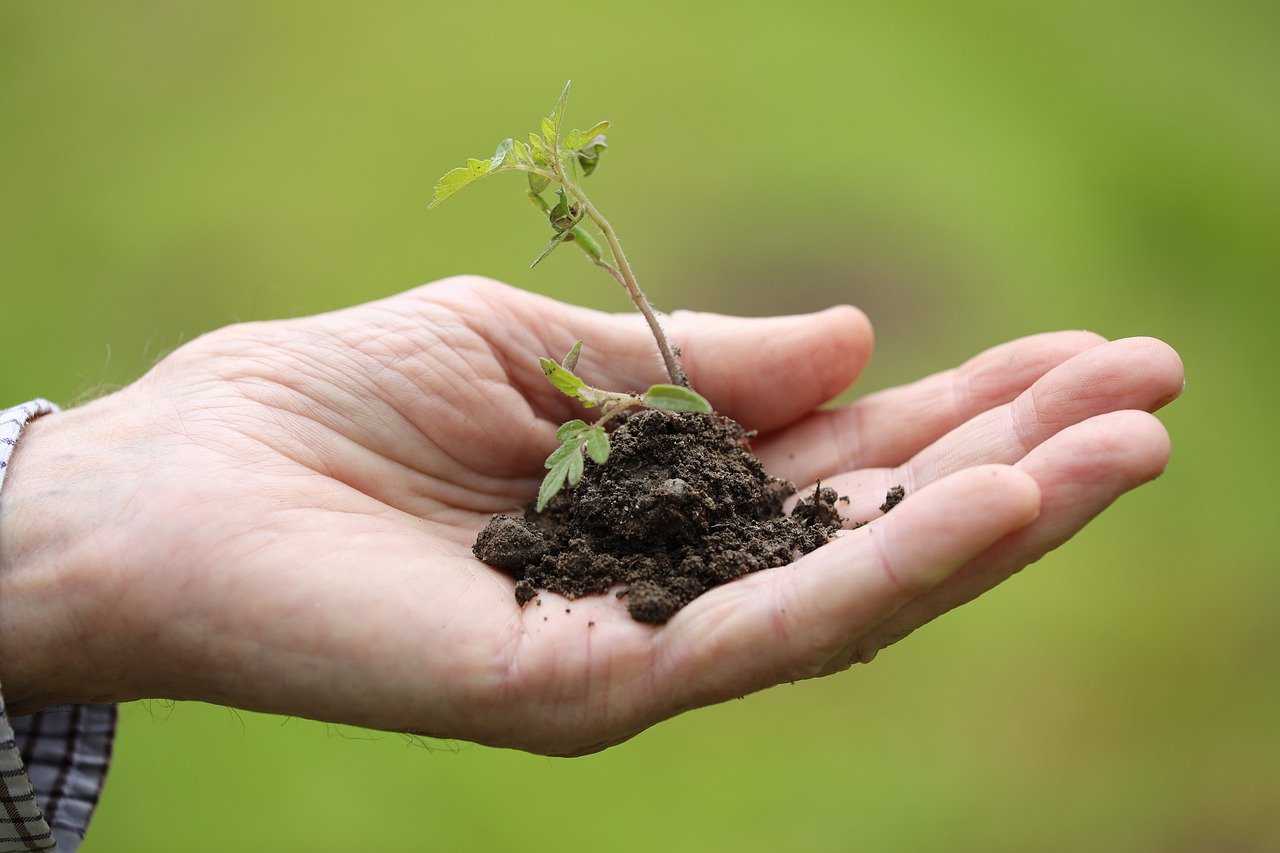
Planting Techniques for Vines
When it comes to establishing a thriving natural privacy fence with vine plants, the right planting techniques can make all the difference. It’s not just about putting a seed in the ground and hoping for the best; there’s a bit of science and art involved. First off, you’ll want to prepare your soil properly. This means ensuring it has the right pH balance, which is crucial for the health of your vines. Most vines prefer a slightly acidic to neutral pH, so testing your soil is a must. If your soil is too alkaline, consider adding sulfur or peat moss to adjust the pH.
Next, let’s talk about spacing. Each vine species has its own growth habits, so understanding how much space they need to thrive is essential. Generally, you should plant your vines about 12 to 36 inches apart, depending on their growth rate and spread. This not only prevents overcrowding but also allows for adequate air circulation, reducing the risk of diseases. Imagine trying to fit ten people into a small car; it just doesn’t work! The same goes for your vines; they need room to breathe and grow.
Before planting, take a moment to enrich your soil. Adding organic matter, such as compost, can significantly improve soil structure and nutrient content. A well-prepared soil will not only support the initial growth but will also sustain your vines for years to come. You might even consider a simple soil amendment table to keep track of what you’ve added:
| Soil Amendment | Benefits |
|---|---|
| Compost | Enhances soil fertility and structure |
| Peat Moss | Improves moisture retention |
| Gypsum | Improves soil drainage and aeration |
Once your soil is ready, it's time to focus on planting depth. When planting your vines, ensure that the root ball is level with the surrounding soil. Planting too deep can lead to root rot, while planting too shallow can expose roots to the elements. It’s like finding the sweet spot when baking a cake; too much or too little can ruin the whole thing!
After planting, consider adding a layer of mulch around the base of your vines. This not only helps to retain moisture but also suppresses weeds that could compete for nutrients. Just remember, moderation is key; too much mulch can suffocate your plants.
Lastly, don’t forget about support structures. Vines need something to climb on, whether it’s a trellis, fence, or arbor. Installing these supports at the time of planting will save you the hassle later on. Think of it as giving your vines a sturdy ladder to reach for the sky!
Watering is another vital aspect of planting. Newly planted vines require consistent moisture to establish their roots. A good rule of thumb is to water deeply but infrequently, allowing the soil to dry out slightly between waterings. This encourages the roots to grow deeper into the soil, making your vines more resilient in the long run.
In conclusion, planting vines for a natural privacy fence is an exciting journey that requires careful planning and execution. By paying attention to soil preparation, spacing, planting depth, and support structures, you can create a lush and vibrant green wall that not only offers privacy but also enhances the beauty of your outdoor space.
- What are the best vine plants for privacy? Some popular choices include Honeysuckle, Wisteria, and Climbing Roses.
- How long does it take for vines to grow? Depending on the species, it can take anywhere from a few months to a couple of years for vines to fully establish and provide privacy.
- Do I need to fertilize my vines? Yes, regular fertilization can promote healthy growth, especially during the growing season.

Soil Preparation
When it comes to growing vibrant vine plants for your natural privacy fence, is the unsung hero that can make or break your gardening success. Think of your soil as the foundation of a beautiful building; without a solid base, the structure will falter. You wouldn't build a house on sand, right? Similarly, your vines need a nutrient-rich, well-draining soil to thrive. So, what exactly does it take to prepare your soil for planting?
First and foremost, testing the soil pH is crucial. You want to know whether your soil leans towards acidic, neutral, or alkaline. Most vine plants flourish in slightly acidic to neutral soils, with a pH range of about 6.0 to 7.0. You can easily test this using a simple pH test kit available at garden centers. If your soil is too acidic or alkaline, don't worry! Amendments like lime can help raise pH levels, while sulfur can lower them. This step is essential because it sets the stage for optimal nutrient absorption.
Next, let's talk about enriching your soil. Just like we need a balanced diet to grow healthy and strong, your vines require nutrients to establish their roots and grow lush foliage. Incorporating organic matter, such as compost or well-rotted manure, can work wonders. Not only does it improve soil structure, but it also enhances microbial activity, which is vital for nutrient availability. Aim for a mixture that comprises at least 25-30% organic matter. You might even consider creating a compost pile if you're feeling adventurous!
Another critical aspect of soil preparation is ensuring proper drainage. Vines are susceptible to root rot if left sitting in waterlogged soil. To check for drainage, dig a hole about 12 inches deep and fill it with water. If the water drains away within an hour, you're in good shape. If not, you may need to amend your soil with sand or perlite to enhance drainage. Alternatively, consider planting your vines on a raised bed to naturally improve drainage.
Once you've tested the pH, enriched the soil, and ensured proper drainage, it’s time to mix everything together. Use a garden fork or tiller to combine the existing soil with your amendments thoroughly. This ensures that the nutrients are evenly distributed and that your vines have a healthy environment to take root. Remember, the more effort you put into your soil preparation, the more rewarding your vine-growing experience will be!
In summary, preparing your soil for vine planting involves:
- Testing the soil pH to ensure it's suitable for vine growth.
- Enriching the soil with organic matter for improved nutrient availability.
- Ensuring proper drainage to prevent root rot.
- Mixing everything together to create a well-balanced growing medium.
By taking these steps, you're not just planting vines; you're investing in a lush, green privacy fence that will beautify your outdoor space for years to come.
Q: How often should I test my soil pH?
A: It's a good practice to test your soil pH at least once a year, especially before planting new vines or making significant changes to your garden.
Q: Can I use regular garden soil for my vines?
A: While regular garden soil can be used, enhancing it with organic matter and ensuring proper drainage is crucial for the best results.
Q: What types of organic matter are best for enriching soil?
A: Compost, well-rotted manure, leaf mold, and peat moss are excellent choices for enriching your soil.
Q: How do I know if my soil has good drainage?
A: Conduct a simple drainage test by filling a hole with water and observing how quickly it drains. Ideally, it should drain within an hour.
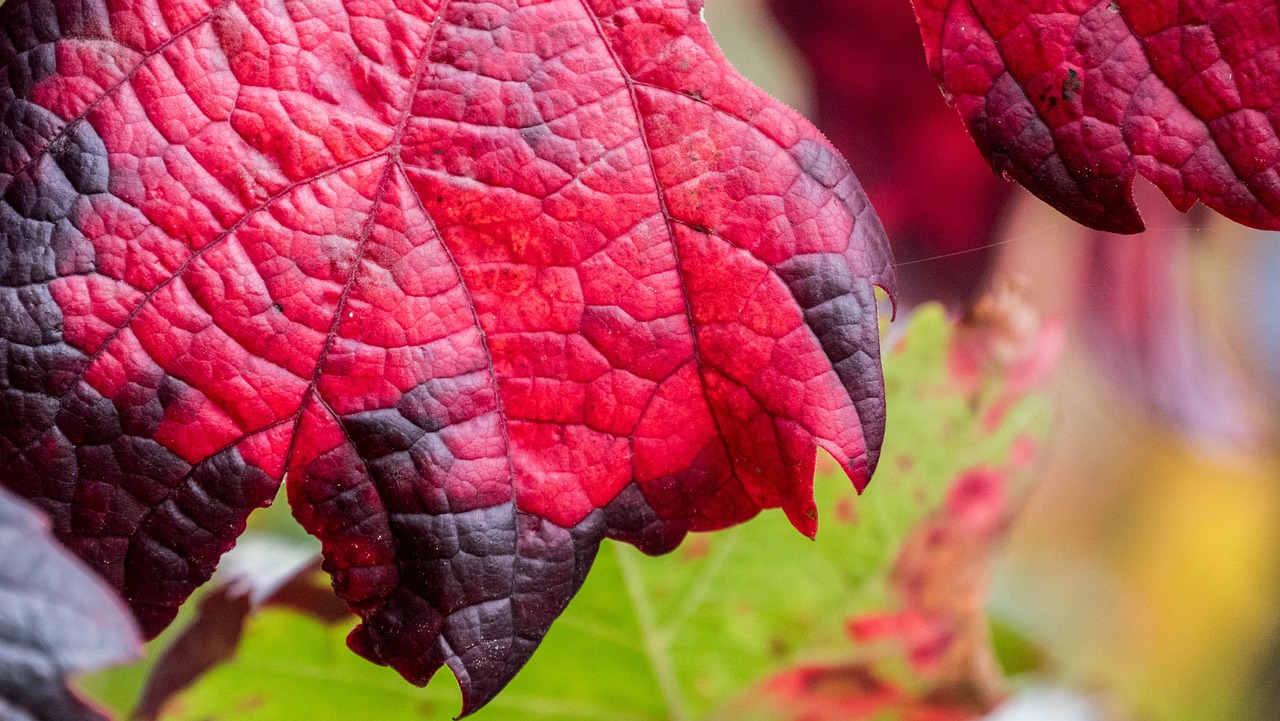
Testing Soil pH
When it comes to growing vine plants for your natural privacy fence, one of the most crucial steps is . Why is this so important, you ask? Well, the pH level of your soil directly influences how well your plants can absorb nutrients. Most vine plants thrive in slightly acidic to neutral soil, which typically ranges from a pH of 6.0 to 7.0. If your soil falls outside this range, your plants may struggle to grow, leading to a less effective privacy fence.
To test your soil's pH, you can use a simple soil test kit, which is widely available at garden centers or online. These kits usually include a test solution and a color chart to help you determine the pH level. Here’s a quick overview of how to perform a soil pH test:
- Collect Soil Samples: Dig up small samples from various spots in your garden to get a representative mix.
- Mix with Water: Combine the soil with distilled water in a clean container.
- Add Test Solution: Follow the instructions on your test kit to add the solution to your soil-water mix.
- Compare Results: After a few minutes, compare the color of your mixture to the provided chart to determine your soil’s pH.
If your soil is too acidic (below 6.0), you can amend it by adding lime, which raises the pH. Conversely, if your soil is too alkaline (above 7.0), incorporating sulfur or organic matter can help lower the pH. Regular testing is advisable, as soil conditions can change over time due to various factors, including rainfall, fertilization, and plant growth.
In summary, testing your soil's pH is not just a step; it's a fundamental part of ensuring the health and success of your vine plants. By taking the time to understand your soil's pH, you're setting the stage for a thriving, beautiful privacy fence that not only offers seclusion but also enhances the overall aesthetic of your outdoor space.
Q: How often should I test my soil pH?
A: It's a good idea to test your soil pH at least once a year, particularly before planting new vines or making significant amendments.
Q: Can I test soil pH without a kit?
A: While a kit is the most accurate method, you can also use DIY methods such as vinegar and baking soda tests, but these are less precise.
Q: What should I do if my soil pH is not in the ideal range?
A: Depending on whether your soil is too acidic or alkaline, you can add lime to raise the pH or sulfur to lower it, along with organic matter to improve overall soil health.
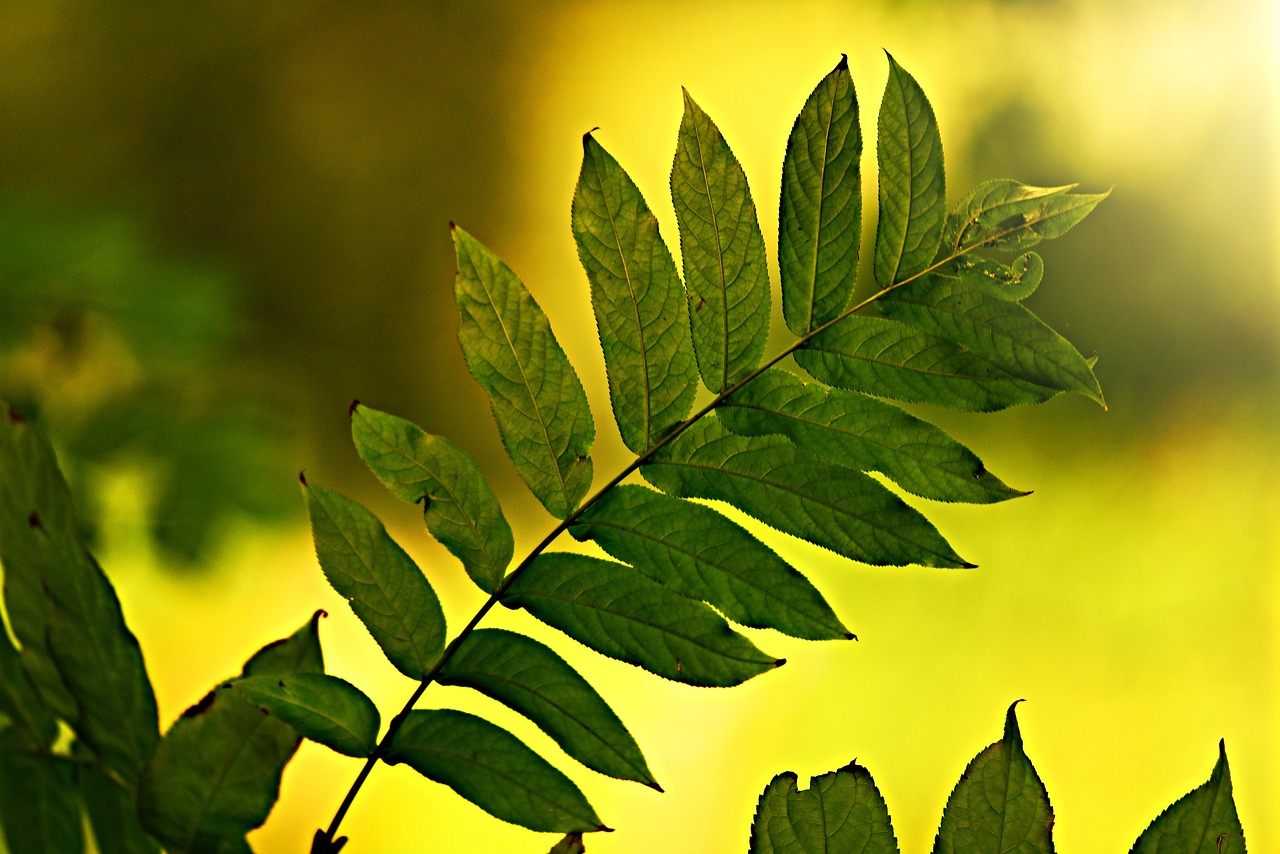
Adding Nutrients
When it comes to growing vibrant and healthy vine plants, to the soil is a crucial step that should never be overlooked. Think of your soil as a buffet for your plants; the more variety and quality you can offer, the more robust and thriving your vines will become. Incorporating organic matter, such as compost, not only enriches the soil but also improves its structure, enabling better water retention and drainage. This is essential because vine plants, while they love moisture, also need well-drained soil to avoid root rot.
In addition to compost, you might want to consider using fertilizers that are specifically formulated for vine plants. These fertilizers typically contain a balanced mix of nitrogen, phosphorus, and potassium, which are vital for plant growth. Here’s a quick breakdown of what each nutrient does:
| Nutrient | Role in Plant Growth |
|---|---|
| Nitrogen (N) | Promotes leaf growth and overall plant vigor. |
| Phosphorus (P) | Encourages root development and flowering. |
| Potassium (K) | Enhances fruit quality and disease resistance. |
Moreover, it's important to remember that the needs of your vine plants can change throughout the growing season. For instance, during the early stages of growth, a fertilizer high in nitrogen can give your vines the boost they need to establish a strong foundation. As they mature and begin to flower, a shift to a phosphorus-rich fertilizer can support blooming and fruiting. Regularly testing your soil can help you determine when and what type of nutrients to add.
Lastly, don’t forget about the benefits of mulching. Applying a layer of organic mulch not only conserves moisture but also gradually adds nutrients back into the soil as it decomposes. This can create a sustainable cycle of nourishment, ensuring your vine plants have everything they need to flourish. So, whether you're a seasoned gardener or just starting, remember that a little attention to nutrient management can go a long way in creating a stunning natural privacy fence.
- What is the best type of fertilizer for vine plants? A balanced fertilizer with equal parts nitrogen, phosphorus, and potassium is ideal, but you can adjust based on your plants' specific growth stages.
- How often should I add nutrients to my vine plants? Generally, you should apply nutrients every 4-6 weeks during the growing season, but always check your soil's nutrient levels.
- Can I use chemical fertilizers instead of organic? Yes, but organic options are often safer for the environment and can improve soil health over time.
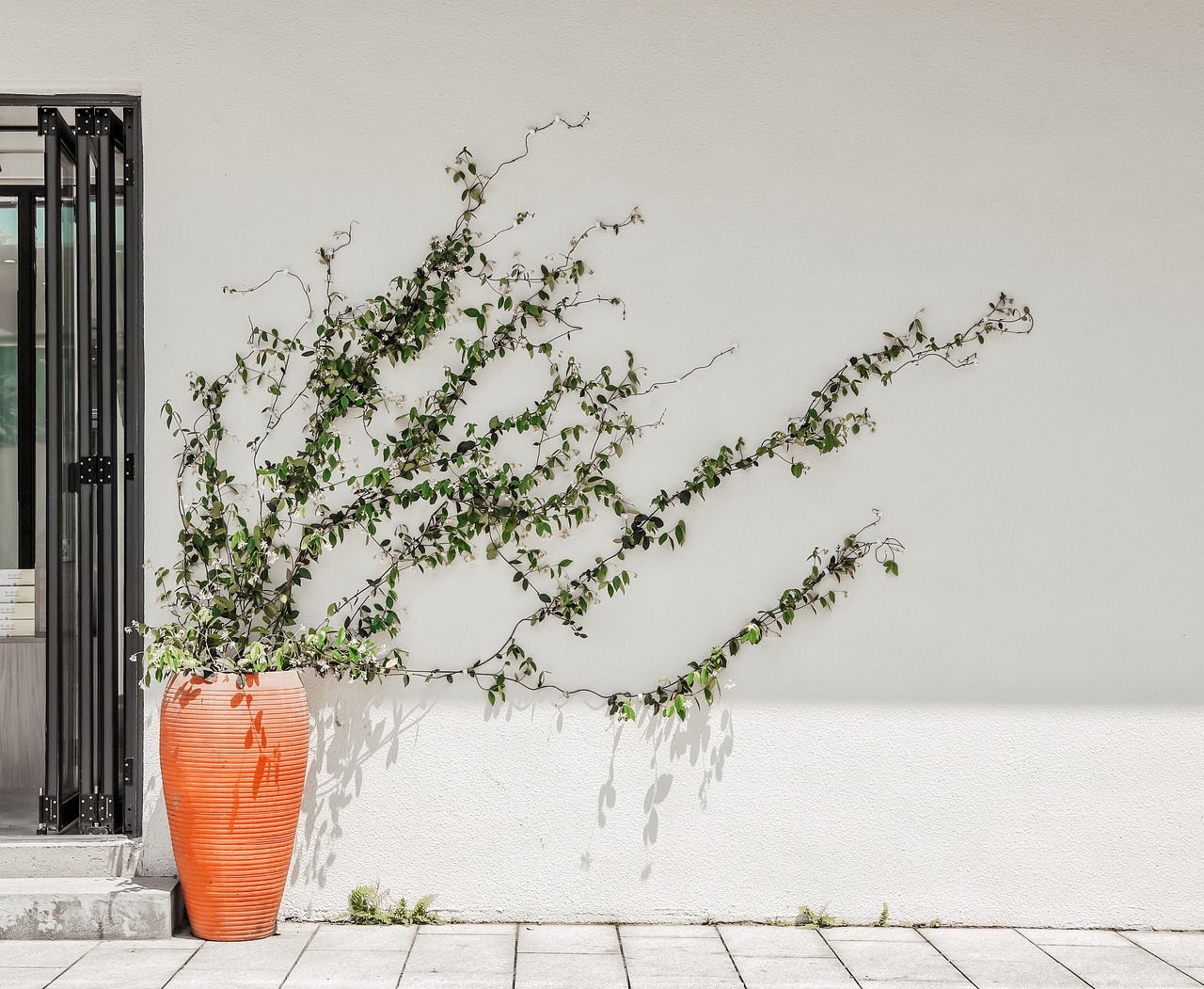
Spacing and Layout
When it comes to creating a stunning and effective natural privacy fence with vine plants, are critical factors that can make or break your garden's aesthetic appeal. Imagine planting your vines too close together; they’ll end up competing for nutrients, water, and sunlight, leading to a scraggly, unhealthy fence instead of the lush green wall you envisioned. So, how do you find that perfect balance?
First, consider the mature size of the vine plants you choose. Each variety comes with its unique growth characteristics. For instance, some vines can spread wide and tall, while others may be more compact. It's essential to check the expected height and spread of your chosen vines (a quick search online or a chat with your local nursery can help). As a general rule of thumb, spacing them about 12 to 36 inches apart is ideal, depending on their growth habits. This allows ample room for air circulation and sunlight, reducing the risk of disease and encouraging healthy growth.
Next, think about the layout. Do you want a dense, green wall that offers complete privacy, or a more open, airy look that still provides some seclusion? If you're aiming for a thick privacy fence, you might want to plant your vines closer together, perhaps on the lower end of that spacing guideline. Conversely, if you prefer a lighter look, spacing them further apart will give each plant room to breathe and showcase its unique beauty.
Additionally, consider the support structures you’ll use. Whether it’s a trellis, fence, or arbor, the layout of these structures will influence how you plant your vines. For example, if you're using a trellis, align your plants so they can easily climb and spread across the support. This not only maximizes vertical space but also enhances the visual impact of your privacy fence. You might even want to create a staggered planting pattern, where some vines are planted higher and others lower, adding depth and interest to your layout.
To help visualize your design, a simple table can be beneficial. Below is a sample planting layout for a natural privacy fence:
| Vine Type | Spacing (inches) | Support Structure |
|---|---|---|
| Climbing Hydrangea | 24-36 | Trellis |
| Wisteria | 30-36 | Arbor |
| Sweet Pea | 12-18 | Wire Fence |
| Virginia Creeper | 18-24 | Wooden Fence |
By carefully planning the spacing and layout of your vine plants, you can create a beautiful, functional, and private outdoor space that enhances your home’s charm. Remember, the key is to give each plant enough room to thrive while still achieving that cozy, secluded feel you desire. So grab your gardening gloves, plan your layout, and watch your natural privacy fence flourish!
- How long does it take for vine plants to grow enough to provide privacy? Depending on the type of vine and growing conditions, it can take anywhere from one to three years for vines to fully cover a fence.
- Can I use any vine plant for a privacy fence? Not all vines are suitable for privacy. Choose vigorous growers that can climb well, such as Wisteria or Climbing Hydrangea.
- Do I need to maintain the vines regularly? Yes, regular maintenance including watering, pruning, and pest management is essential for a healthy privacy fence.
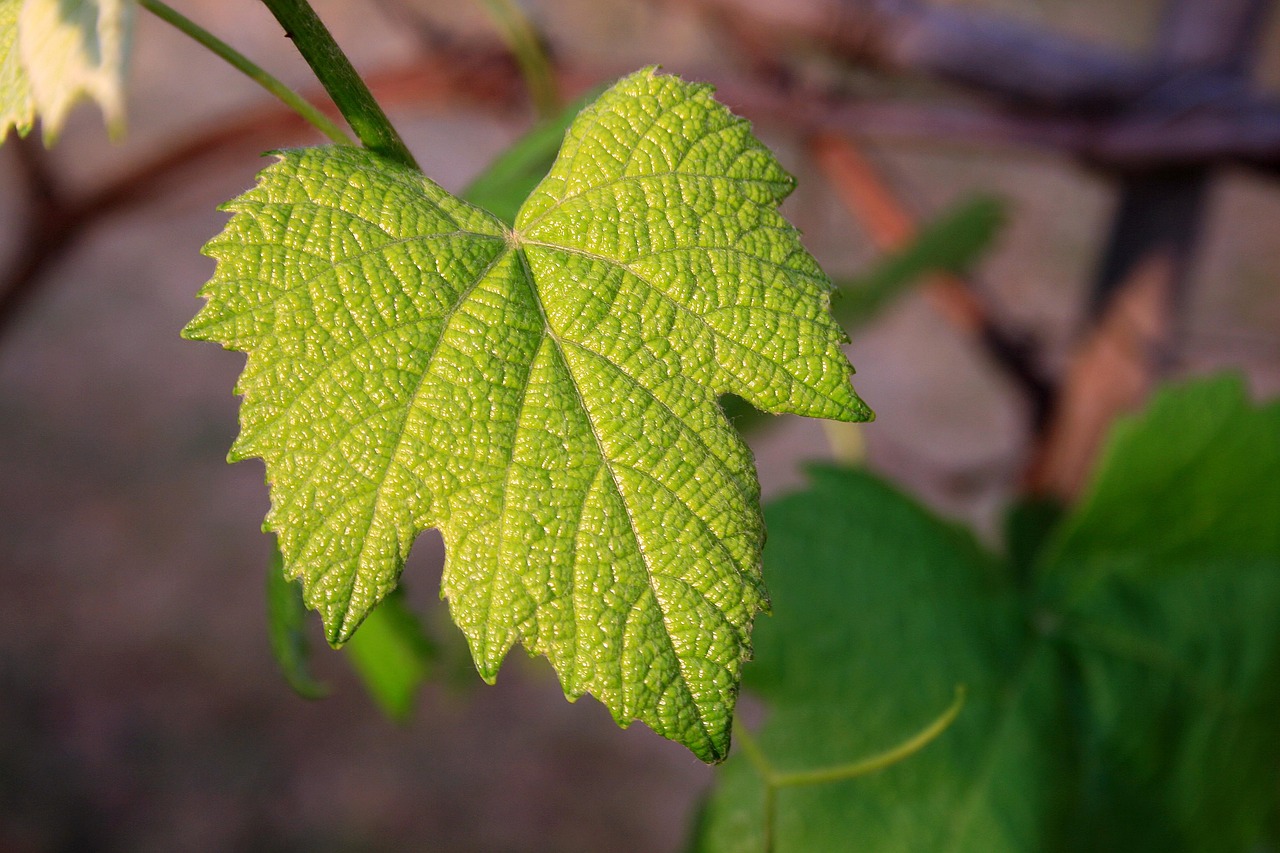
Maintenance of Vine Plants
Regular maintenance is vital for the health and appearance of your vine plants. Just like a well-tended garden, a thriving vine privacy fence requires a bit of love and attention to flourish. Think of your vines as living, breathing entities that need nurturing to grow strong and beautiful. This includes watering, pruning, and pest management. Each of these elements plays a significant role in ensuring your vines not only survive but thrive, creating a lush, green screen that enhances your outdoor space.
First and foremost, understanding the watering requirements of your vines is essential for their growth. Vines are like thirsty travelers in the desert; they need consistent moisture to stay vibrant. During dry spells, make it a point to check the soil moisture regularly. A good rule of thumb is to water deeply and less frequently, encouraging the roots to grow deep into the soil. Aim for about an inch of water per week, either from rainfall or supplemental watering. However, be cautious not to overwater, as this can lead to root rot and other issues.
Next up is pruning. Pruning vine plants is akin to giving them a haircut; it encourages healthy growth and prevents overcrowding. Knowing when and how to prune is crucial. Early spring is typically the best time to prune most vines, as this is when they start to awaken from their winter dormancy. Remove any dead or damaged growth, and thin out dense areas to allow sunlight and air to penetrate. This not only enhances the overall appearance of your privacy fence but also promotes better air circulation, which can help prevent diseases.
Lastly, let’s talk about pest management. Just as we need to protect ourselves from illness, your vines require safeguards against pests and diseases. Regular inspections are key; look for signs of common pests such as aphids, spider mites, or whiteflies. If you spot any unwelcome guests, swift action is essential. Implementing preventive measures, such as introducing beneficial insects like ladybugs or using organic pesticides, can help keep your vine plants healthy and vibrant. Remember, a proactive approach is always better than a reactive one!
- How often should I water my vine plants? Aim for about an inch of water per week, adjusting based on rainfall and soil moisture.
- When is the best time to prune my vines? Early spring is typically the best time to prune, just as they start to awaken from dormancy.
- What should I do if I notice pests on my vines? Conduct regular inspections and consider using organic pesticides or introducing beneficial insects to manage pests.
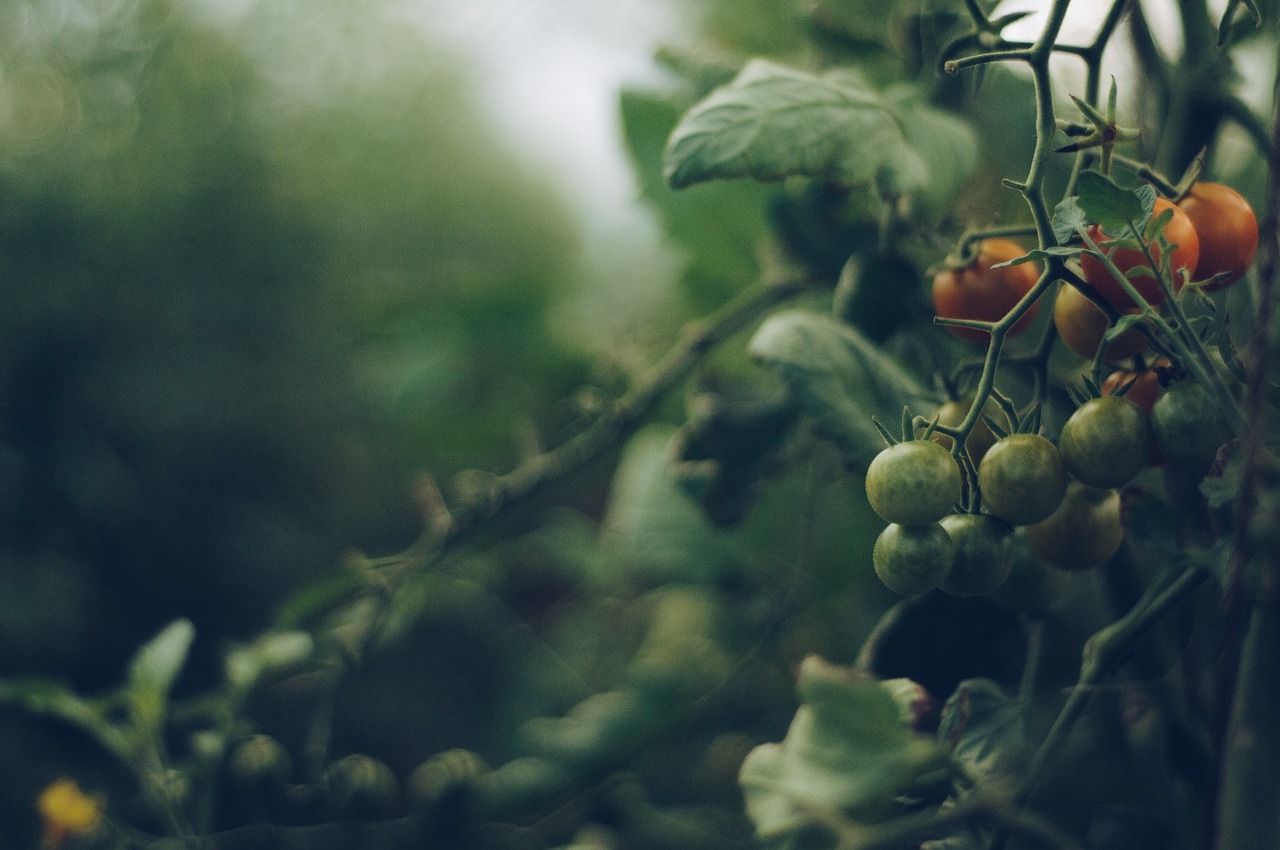
Watering Requirements
When it comes to nurturing your vine plants, understanding their is absolutely essential. Just like us, plants need water to thrive, but the amount and frequency can vary significantly based on the type of vine, local climate, and soil conditions. Generally, most vine plants prefer consistent moisture, especially during their active growing season in spring and summer. However, overwatering can lead to root rot, so striking the right balance is key.
During the first few weeks after planting, it's crucial to keep the soil consistently moist. This helps the roots establish themselves firmly in their new home. A good rule of thumb is to water deeply but infrequently. This encourages the roots to grow deeper into the soil, making them more resilient to drought conditions later on. You might consider using a drip irrigation system or soaker hoses, which can deliver water directly to the root zone without wetting the foliage excessively.
As a general guideline, here’s a simple table to help you understand the watering needs of different types of vine plants:
| Type of Vine | Watering Frequency | Soil Moisture Preference |
|---|---|---|
| Flowering Vines (e.g., Wisteria) | Weekly | Moderately moist |
| Fruit-bearing Vines (e.g., Grapes) | Every 10-14 days | Well-drained |
| Evergreen Vines (e.g., Ivy) | Every 5-7 days | Consistently moist |
It's also important to monitor the weather. During dry spells, you may need to increase your watering frequency. Conversely, during rainy periods, you should reduce watering to prevent waterlogging. A simple way to check if your plants need water is to stick your finger about an inch into the soil; if it feels dry at that depth, it's time to water. Remember, vines are like sponges—they soak up moisture, but they can only hold so much!
In addition to regular watering, consider the time of day you choose to hydrate your plants. Early morning is the best time to water, allowing plants to absorb moisture before the heat of the day causes evaporation. This practice not only benefits the plants but also conserves water, making it a win-win situation!
- How often should I water my vine plants? It depends on the type of vine and climate, but generally, watering once a week is a good starting point.
- Can I overwater my vines? Yes, overwatering can lead to root rot. Ensure that the soil has good drainage.
- What signs indicate my vine plants need more water? Wilting leaves, dry soil, and leaf drop are all signs that your vines may need additional moisture.
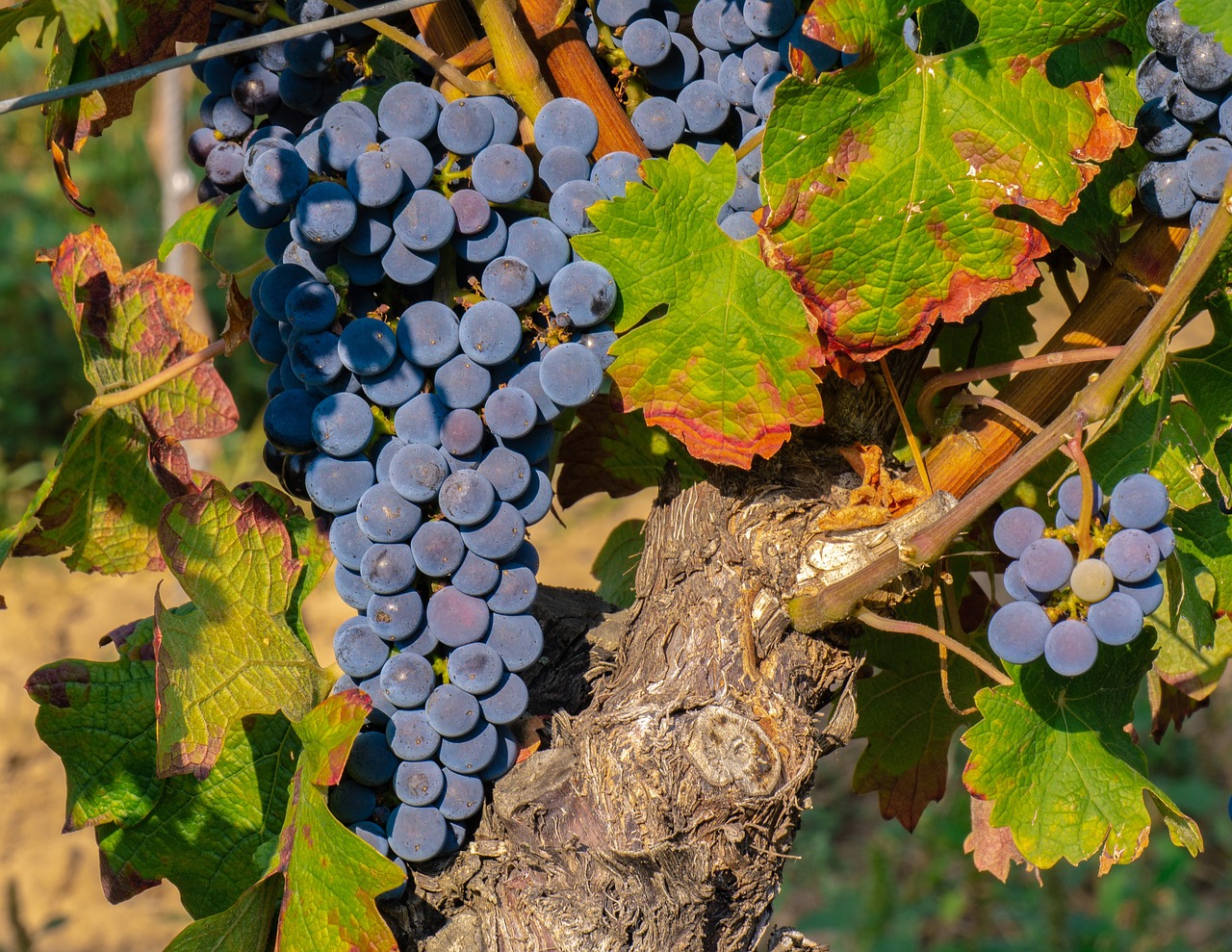
Pruning Techniques
Pruning is an essential aspect of maintaining healthy vine plants, and it plays a pivotal role in ensuring your privacy fence remains lush and vibrant. Think of pruning as giving your plants a haircut; just like our hair needs trimming to stay healthy and stylish, vines require careful cutting to promote growth and prevent overcrowding. The timing and technique of your pruning can significantly influence the overall health and appearance of your vines.
First and foremost, it's crucial to understand the right time to prune your vines. Most vine plants benefit from pruning during their dormant season, which typically occurs in late winter or early spring before new growth begins. This timing allows you to shape the plant without disrupting its growth cycle. However, some vines may require a light pruning during the growing season to remove any dead or diseased stems. Always keep an eye on your plants and adjust your pruning schedule based on their specific needs.
When it comes to the actual technique, there are a few key practices to keep in mind:
- Use Clean, Sharp Tools: Always use sharp and sanitized pruning shears to make clean cuts. This minimizes damage to the plant and reduces the risk of disease.
- Identify the Right Stems to Cut: Focus on removing dead, damaged, or overcrowded stems. This not only improves air circulation but also allows light to reach the inner parts of the plant.
- Cut at the Right Angle: Make your cuts at a 45-degree angle just above a node (the small bump on the stem where leaves grow). This encourages new growth in the right direction.
Additionally, it's essential to avoid over-pruning. While it may be tempting to cut back a lot to encourage new growth, be cautious not to remove more than one-third of the plant at a time. Over-pruning can stress the plant and inhibit its ability to thrive. Instead, focus on gradual pruning over several seasons to achieve the desired shape and density.
Finally, consider the specific growth habits of the vine varieties you are working with. Some vines, like clematis, bloom on old wood and should be pruned after flowering, while others, such as wisteria, benefit from a more aggressive pruning strategy in late winter. Familiarizing yourself with the unique characteristics of your chosen vines can make a world of difference in how well they flourish.
In summary, effective pruning techniques are about timing, method, and understanding your plants' needs. By incorporating these practices into your gardening routine, you can ensure that your vine plants not only provide the privacy you desire but also look stunning throughout the year.
Q: When is the best time to prune my vine plants?
A: The best time to prune most vine plants is during their dormant season, typically in late winter or early spring, before new growth begins.
Q: How much should I prune my vines?
A: It’s recommended not to remove more than one-third of the plant at a time to avoid stressing the plant. Gradual pruning over several seasons is ideal.
Q: What tools do I need for pruning?
A: A good pair of sharp and clean pruning shears is essential for making clean cuts. Consider having loppers for thicker stems and gloves for protection.
Q: Can I prune my vines during the growing season?
A: Yes, light pruning during the growing season to remove dead or diseased stems is beneficial, but avoid heavy pruning at this time.
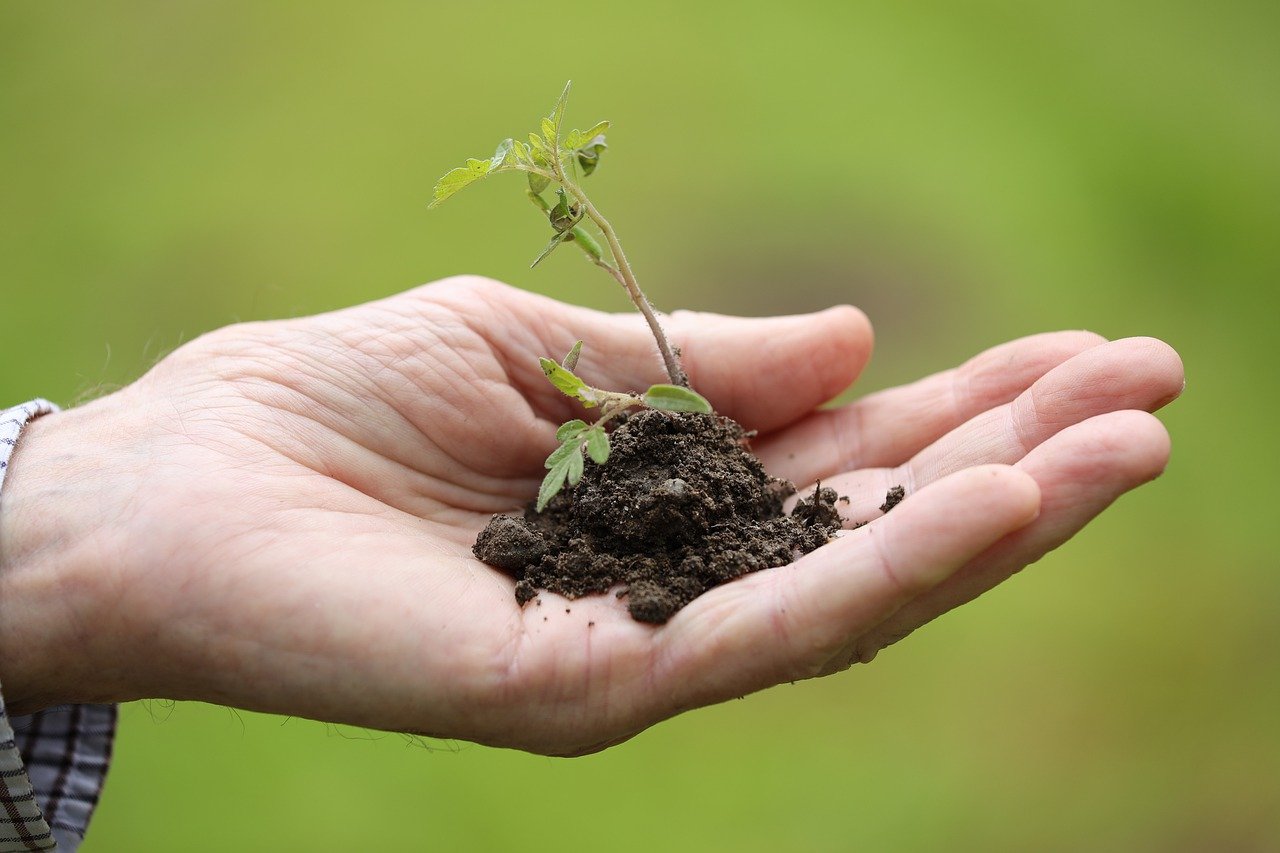
Dealing with Pests and Diseases
Maintaining a stunning natural privacy fence with vine plants can sometimes feel like a battle against nature. Pests and diseases can sneak up on you, threatening the health of your beloved greenery. But don't worry! With a little vigilance and the right strategies, you can keep your vines thriving and your privacy intact. The first step in this journey is identifying common pests that might be eyeing your vines as their next meal.
Common culprits include aphids, spider mites, and whiteflies. These pests can wreak havoc on your plants, sucking out vital nutrients and leaving them weak and vulnerable. Regular inspections of your vines can help you catch these infestations early. Look for signs such as yellowing leaves, stunted growth, or webbing. If you notice any of these symptoms, it's time to take action!
Once you've identified a pest problem, implementing preventive measures is crucial. Consider these effective strategies:
- Companion Planting: Some plants naturally repel pests. For example, planting marigolds alongside your vines can deter aphids.
- Organic Pesticides: If pests become a significant issue, using organic pesticides can be a gentle yet effective solution. Look for products that are safe for the environment and your plants.
- Regular Maintenance: Keeping your vines healthy through proper watering and fertilization can make them less susceptible to pests and diseases.
In addition to pests, vine plants can also be affected by diseases such as powdery mildew or root rot. These issues often arise from poor air circulation and overwatering. To prevent such diseases, ensure your vines have adequate spacing and that the soil drains well. If you notice signs of disease, such as white powdery spots or wilting leaves, it’s essential to act quickly. Removing affected leaves and adjusting your watering practices can help mitigate the spread of disease.
In summary, keeping your vines healthy and vibrant requires a proactive approach to pest and disease management. By regularly inspecting your plants, employing preventive measures, and addressing any issues promptly, you can enjoy a lush, thriving natural privacy fence that enhances your outdoor space.
Q: How can I tell if my vine plants are infested with pests?
A: Look for yellowing leaves, stunted growth, or visible pests on the plants. Regular inspections will help you catch infestations early.
Q: What are some organic methods to control pests?
A: You can use companion planting, insecticidal soaps, or neem oil as organic pest control methods. These options are safe for your plants and the environment.
Q: How do I prevent diseases in my vine plants?
A: Ensure good air circulation, avoid overcrowding, and maintain proper watering practices to prevent diseases like powdery mildew and root rot.
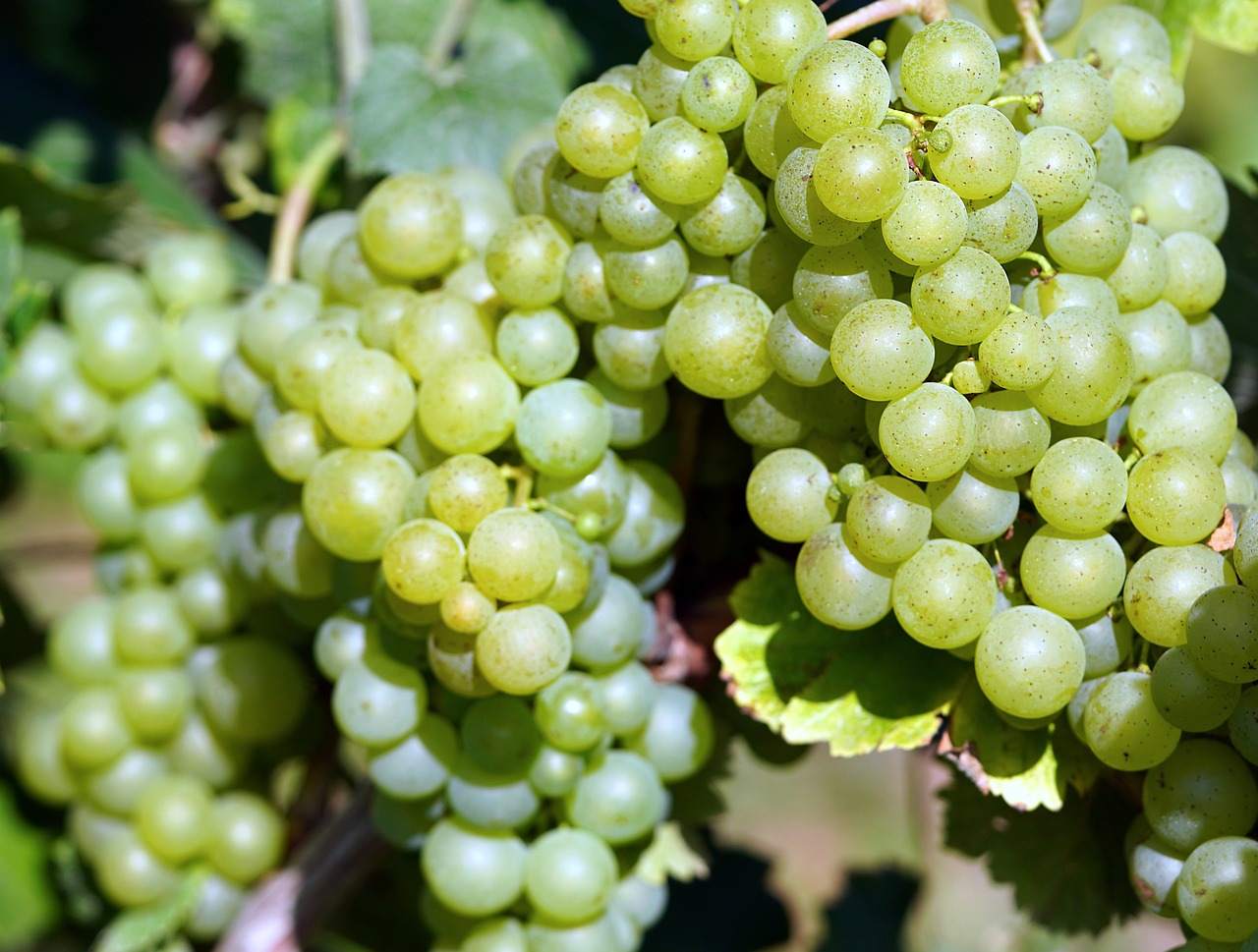
Identifying Common Pests
When it comes to growing vine plants, one of the most crucial aspects of maintaining a healthy and thriving privacy fence is being vigilant about common pests that can wreak havoc on your greenery. These pests can not only undermine the aesthetic appeal of your vines but can also hinder their growth and overall health. So, how can you spot these pesky intruders before they cause too much damage? Let’s dive into some of the most common culprits.
First off, keep an eye out for aphids. These tiny, soft-bodied insects can be found in clusters on the undersides of leaves. They suck the sap from your plants, leading to yellowing leaves and stunted growth. If you notice a sticky residue on your plants, this could be a telltale sign of an aphid infestation. Another common pest is the spider mite, which is often mistaken for a speck of dirt. These minuscule arachnids thrive in dry conditions and can cause significant damage by sucking the juice from leaves, resulting in a stippled appearance.
Furthermore, whiteflies are another pest to watch for. They tend to congregate on the undersides of leaves and can cause a similar sap-sucking issue as aphids. If disturbed, they will fly up in a cloud, making them easier to identify. Additionally, you might encounter mealybugs, which appear as small, white, cottony masses on the stems and leaves. They can be particularly damaging as they can weaken the plant and lead to mold growth due to their sticky excretions.
To help you identify these pests more effectively, here’s a quick table summarizing their characteristics:
| Pest | Appearance | Signs of Infestation |
|---|---|---|
| Aphids | Tiny, soft-bodied insects, often green or black | Yellowing leaves, sticky residue |
| Spider Mites | Very small, often red or yellow | Stippling on leaves, webbing |
| Whiteflies | Small, white, flying insects | Cloud of insects when disturbed |
| Mealybugs | Small, white, cottony masses | Weakening plants, sticky excretions |
Regular inspections of your vine plants are essential in catching these pests early. Look for any signs of damage, and don’t hesitate to get up close and personal with your plants. After all, a little detective work can go a long way in ensuring your vines remain healthy and vibrant. If you spot any of these pests, consider implementing natural remedies or organic pesticides to manage the infestation effectively.
- How often should I check my vines for pests? Regular inspections every week or two are ideal, especially during the growing season.
- What are some natural remedies for pest control? Neem oil, insecticidal soap, and introducing beneficial insects like ladybugs can be effective.
- Can pests affect the growth of my vines? Yes, pests can weaken your plants by sucking their sap, leading to stunted growth and poor health.
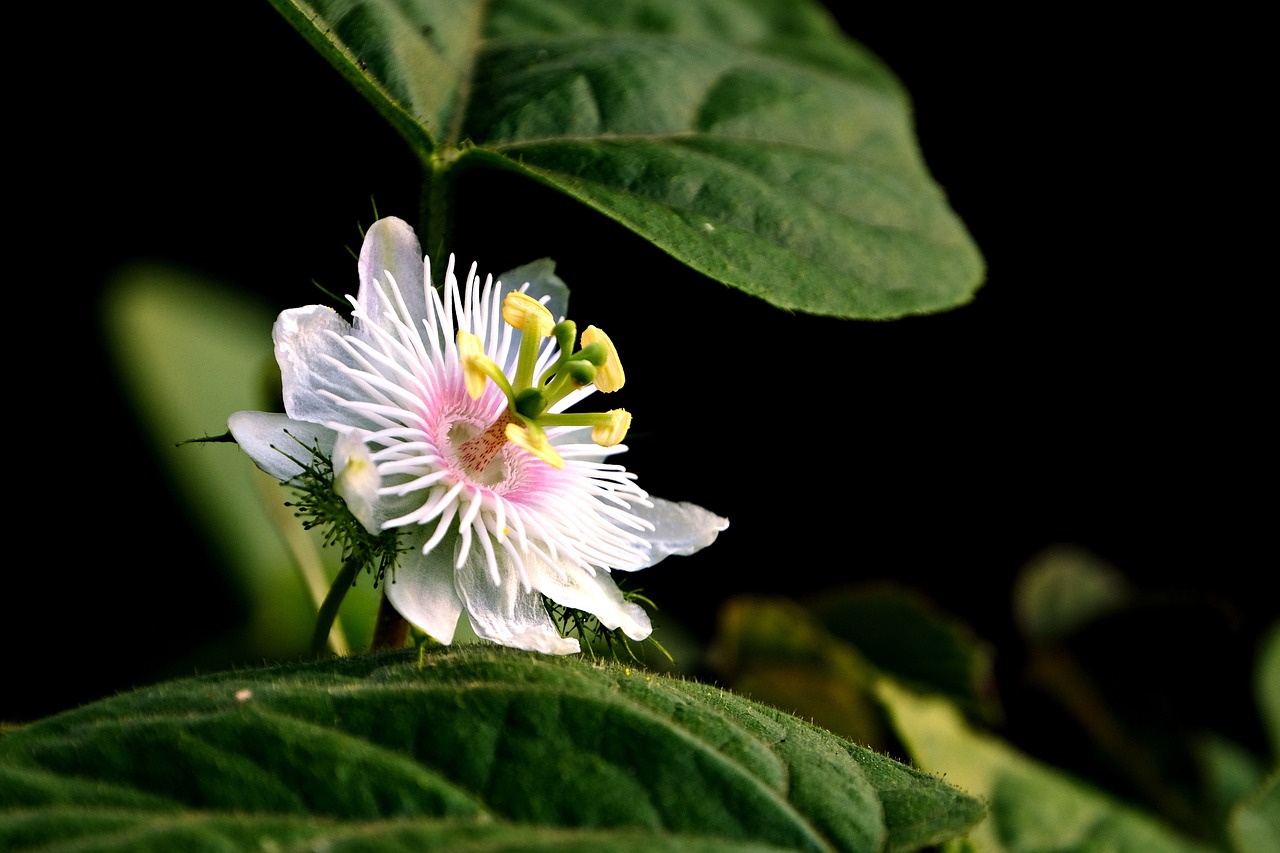
Preventive Measures
When it comes to maintaining the health of your vine plants, can be your best allies. Just like any living organism, these plants are susceptible to various pests and diseases that can compromise their growth and the overall beauty of your natural privacy fence. So, what can you do to keep them thriving?
First and foremost, companion planting is an excellent strategy. By planting certain species of flowers or herbs alongside your vines, you can naturally deter pests. For example, marigolds are known for their ability to repel nematodes and aphids. Similarly, herbs like basil can attract beneficial insects that prey on common vine pests. This not only enhances your garden's biodiversity but also creates a more resilient ecosystem.
Another effective approach is to use organic pesticides. These are less harmful to beneficial insects and the environment compared to their chemical counterparts. Products containing neem oil or insecticidal soap can be very effective against pests like spider mites and aphids. Regularly inspecting your plants and applying these treatments at the first sign of trouble can save you a lot of headaches down the road.
Furthermore, proper spacing between your vine plants is crucial. Overcrowding can lead to increased humidity and poor air circulation, creating a perfect breeding ground for fungal diseases. Make sure to follow the recommended spacing guidelines for the specific vine varieties you choose. This not only promotes healthy growth but also makes it easier for you to manage and inspect your plants.
Lastly, consider implementing a regular maintenance schedule. This includes routine checks for any signs of pests or diseases, as well as keeping up with your watering and fertilization practices. By being proactive, you can address potential issues before they escalate, ensuring your vines remain healthy and your privacy fence stays lush and beautiful.
- What are the most common pests that affect vine plants?
Common pests include aphids, spider mites, and whiteflies. Regular inspections can help catch these pests early. - How often should I water my vine plants?
It’s best to keep the soil consistently moist, especially during dry spells. However, avoid waterlogging the soil to prevent root rot. - Can I use chemical pesticides on my vine plants?
While chemical pesticides are effective, they can harm beneficial insects. It's advisable to use organic options whenever possible. - What should I do if I notice signs of disease?
Remove affected leaves immediately and consider using organic fungicides to treat the issue. Proper spacing and air circulation also help prevent future problems.
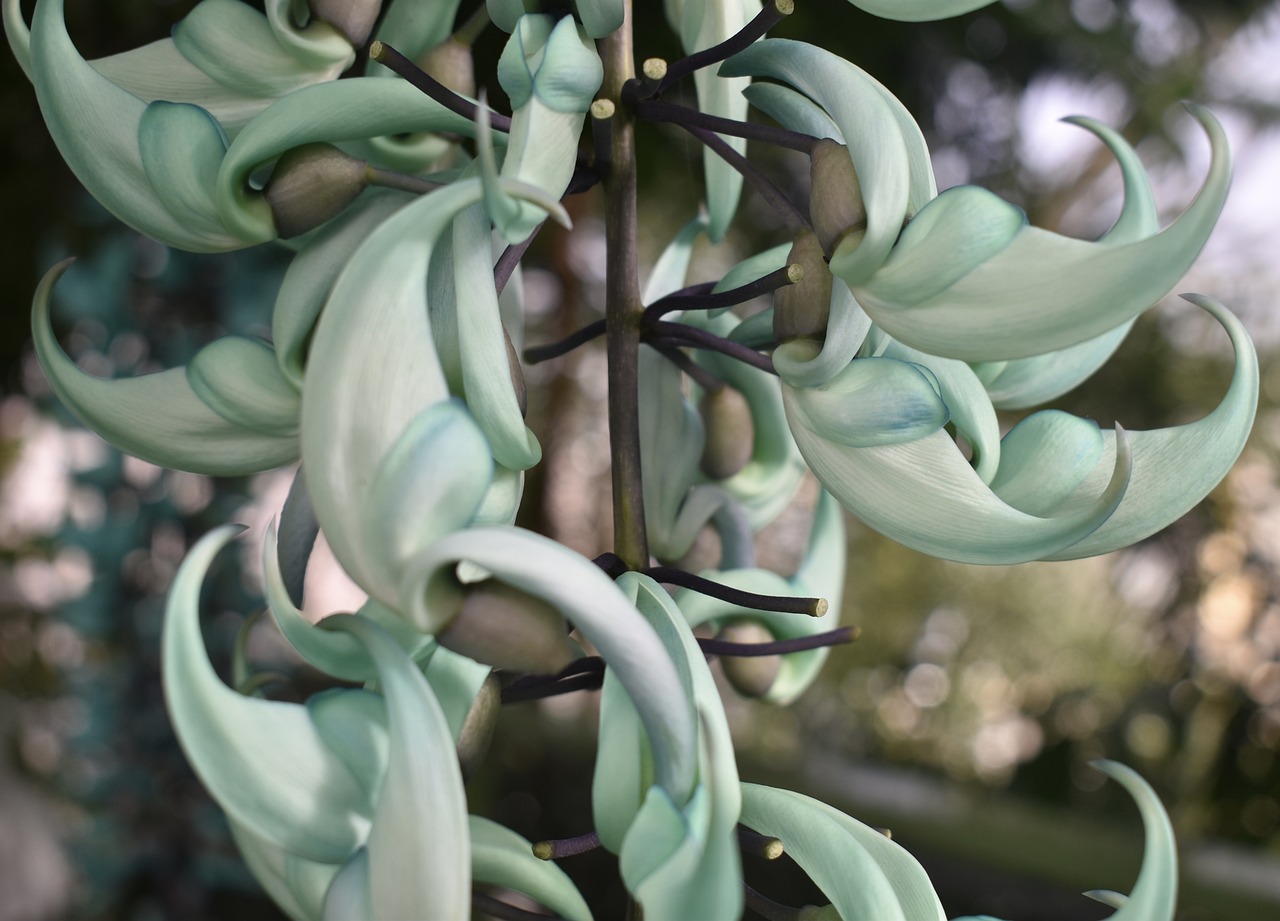
Enhancing Aesthetic Appeal
Vine plants are not just functional; they also add a stunning visual element to your outdoor space. When we think about creating a natural privacy fence, it’s easy to overlook the aesthetic appeal that these plants can bring. Imagine a lush green wall adorned with vibrant blooms or rich foliage that dances in the breeze. The right selection of vine plants can transform a simple fence into a breathtaking feature that enhances your garden's overall beauty.
Choosing the right varieties is essential. For instance, climbing roses can provide a romantic touch with their fragrant blooms, while ivy offers a classic, evergreen backdrop. If you’re looking for something a bit more exotic, consider passionflower with its intricate blossoms or hops for a rustic, cottage feel. The key is to select plants that not only thrive in your climate but also complement the existing colors and textures of your garden.
Speaking of colors and textures, combining different types of vines can create a dynamic and inviting atmosphere. For example, pairing a fast-growing vine like wisteria with slower-growing varieties such as clematis can add depth and interest. You can create a layered effect that draws the eye and provides a feast for the senses. When selecting your vines, consider how their colors will change with the seasons, providing a year-round display that keeps your outdoor space lively.
To enhance the visual impact of your vine plants, consider incorporating supportive structures like trellises, arbors, or even decorative fences. These elements not only provide essential support for your climbing plants but also add an architectural feature to your garden. A well-placed trellis can serve as a backdrop for your vines, allowing them to flourish while creating a stunning focal point. Think of these structures as the frames to your living artwork, enhancing both functionality and beauty.
Moreover, the strategic placement of your vine plants can create different experiences within your garden. You might want to create a secluded nook for relaxation, or perhaps a vibrant entryway that welcomes guests. By thoughtfully arranging your vines, you can guide visitors through your space, leading them on a journey of discovery. Just like a well-composed painting, your garden should evoke emotion and invite exploration.
In conclusion, enhancing the aesthetic appeal of your outdoor space with vine plants is all about making informed choices. From selecting the right varieties to incorporating supportive structures, every decision contributes to the overall beauty of your natural privacy fence. So, why not let your garden tell a story? With the right vines, you can create a lush, inviting space that feels like a personal paradise.
- What are the best vine plants for privacy? Some popular choices include English Ivy, Wisteria, and Climbing Roses. These plants not only provide excellent coverage but also add beauty to your space.
- How long does it take for vine plants to grow? Growth rates vary by species, but many vines can cover a fence within 1-3 years with proper care.
- Do vine plants require a lot of maintenance? While some vines need regular pruning and watering, others are low-maintenance. It's essential to choose varieties that fit your lifestyle.
- Can I grow vine plants in pots? Yes, many vine species can thrive in containers. Just ensure they have enough space and support to climb.
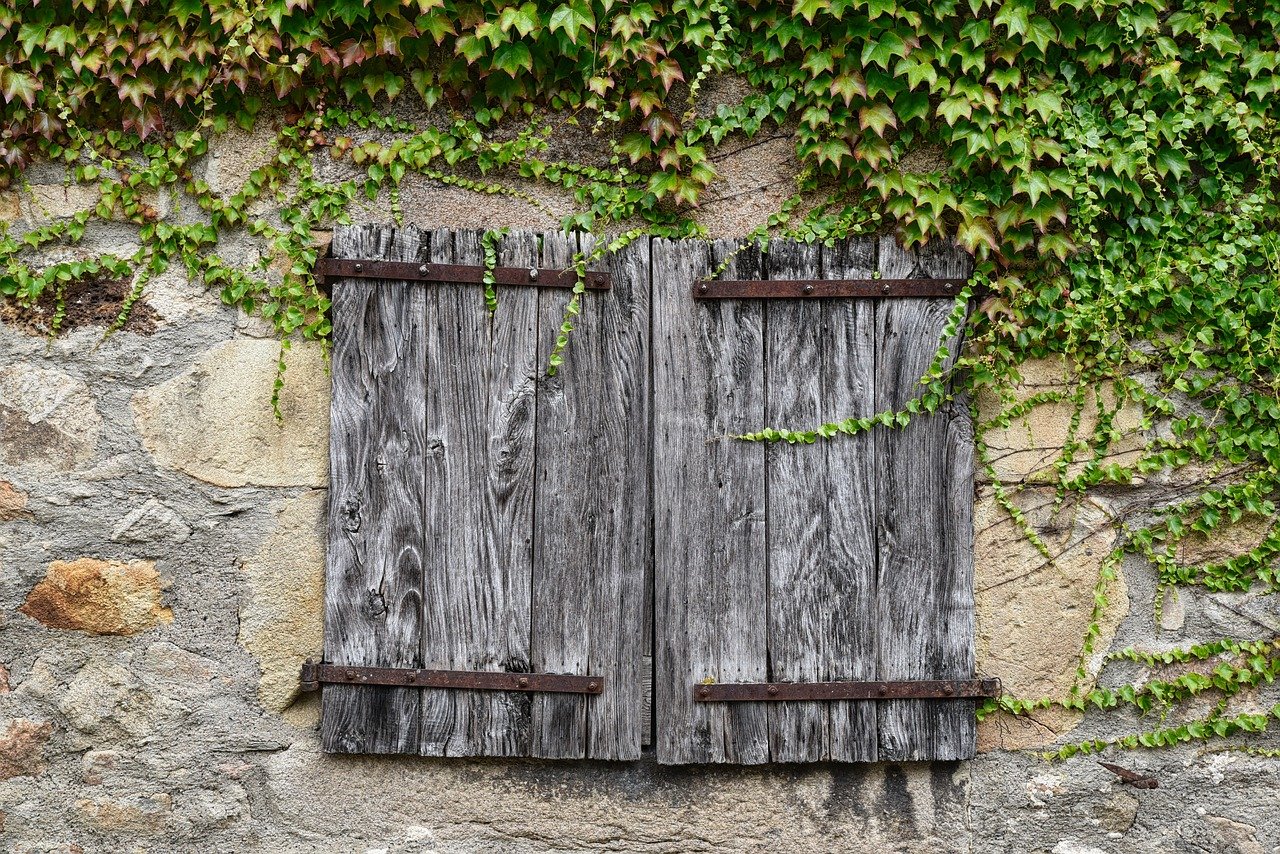
Color and Texture Selection
When it comes to creating a natural privacy fence with vine plants, color and texture play pivotal roles in enhancing the overall aesthetic appeal of your outdoor space. Imagine walking into your garden and being greeted by a vibrant tapestry of greens, purples, and reds, each vine weaving a story of its own. It's not just about blocking the view; it's about creating a visual feast that invites you to linger and enjoy the beauty of nature.
Choosing the right combination of vine plants can transform a simple fence into a stunning backdrop for your garden. For instance, consider mixing fast-growing varieties like Virginia Creeper with flowering vines such as Wisteria. This combination not only provides privacy but also adds layers of color and texture. The lush green leaves of the Virginia Creeper contrast beautifully with the delicate blooms of Wisteria, creating a dynamic visual effect that changes with the seasons.
Furthermore, the texture of the leaves can significantly impact the overall look of your privacy fence. Some vines, like Climbing Hydrangea, have large, broad leaves that create a dense, lush appearance, while others, such as Jasmine, offer a finer texture with their delicate, feathery foliage. Mixing these textures can add depth and interest to your fence, making it not just a barrier but a captivating feature of your landscape.
To help you visualize the impact of color and texture, here’s a simple table showcasing some popular vine plants and their characteristics:
| Vine Plant | Color | Texture | Growth Rate |
|---|---|---|---|
| Virginia Creeper | Green (turns red in fall) | Broad leaves | Fast |
| Wisteria | Purple | Delicate | Moderate |
| Climbing Hydrangea | Green | Broad, textured | Slow |
| Jasmine | Green & White flowers | Fine, feathery | Moderate |
In addition to color and texture, consider the seasonal changes that your vine plants will undergo. Some vines may bloom in spring, while others may showcase their beauty in summer or fall. By selecting a variety of vines that provide interest throughout the year, you can ensure that your privacy fence remains a focal point in your garden, no matter the season.
Ultimately, the key to a successful vine privacy fence lies in thoughtfully selecting plants that not only meet your privacy needs but also complement your garden's overall design. By embracing the beauty of color and texture, you can create a stunning natural barrier that enhances your outdoor space, making it a true sanctuary.
- What are the best vine plants for privacy? Some of the best options include Virginia Creeper, Wisteria, and Climbing Hydrangea.
- How long does it take for vine plants to grow? Growth rates vary; fast-growing vines can cover a fence in a single season, while others may take several years.
- Do vine plants require a lot of maintenance? Maintenance varies by species; regular watering, pruning, and pest management are essential for healthy growth.

Supporting Structures
When it comes to growing vine plants for a natural privacy fence, the right are essential. These structures not only provide the necessary support for your climbing vines but also enhance the overall aesthetics of your outdoor space. Imagine your beautiful vines gracefully climbing up a rustic trellis or a sturdy arbor, creating a lush green wall that offers both privacy and charm. It's like nature's own artwork, transforming your garden into a serene retreat.
There are several types of supporting structures you can consider, each with its own unique benefits:
- Trellises: These are perhaps the most popular choice for supporting vine plants. A trellis can be made of wood, metal, or even plastic, and it allows vines to climb vertically, making efficient use of space. They come in various designs, from simple panels to ornate patterns, providing both functionality and style.
- Arbors: An arbor is a larger structure that often serves as an entryway or pathway. When vines are trained to grow over an arbor, they create a stunning natural canopy. This not only enhances privacy but also adds a romantic touch to your garden.
- Fences: If you already have a fence in place, training your vines to climb it can be an excellent way to create a living privacy screen. This method is especially effective for creating an instant sense of seclusion and can be a cost-effective solution.
When choosing a supporting structure, consider the type of vine you are planting. Some vines, like clematis and honeysuckle, require more robust support due to their vigorous growth, while others, such as ivy, can cling to surfaces with their aerial roots. Additionally, the height and width of the structure should accommodate the mature size of the vines to prevent overcrowding and ensure adequate air circulation.
Moreover, think about the materials used for your supporting structures. Natural wood can blend beautifully with the surrounding landscape, while metal can provide a more contemporary feel. Whichever material you choose, ensure it is durable and weather-resistant to withstand the elements. Remember, a well-chosen supporting structure not only serves a practical purpose but also adds character and charm to your garden.
In conclusion, investing in the right supporting structures for your vine plants is essential for creating a stunning and effective natural privacy fence. By carefully selecting and designing these structures, you can enhance both the beauty and functionality of your outdoor space, making it a true sanctuary for relaxation and enjoyment.
- What types of vines are best for creating a privacy fence? Some popular options include wisteria, clematis, honeysuckle, and ivy. Each has its unique growth habits and aesthetic appeal.
- How often should I prune my vine plants? Regular pruning is essential to maintain their shape and health. Aim to prune at least once a year, ideally in early spring or late fall.
- Can I use a chain-link fence as a support for vines? Yes, chain-link fences can be excellent supports for climbing vines, providing both structure and a natural privacy screen.
- How do I train my vines to grow on a trellis? Gently guide the vines towards the trellis and tie them loosely with soft ties. As they grow, continue to direct them and secure them as needed.
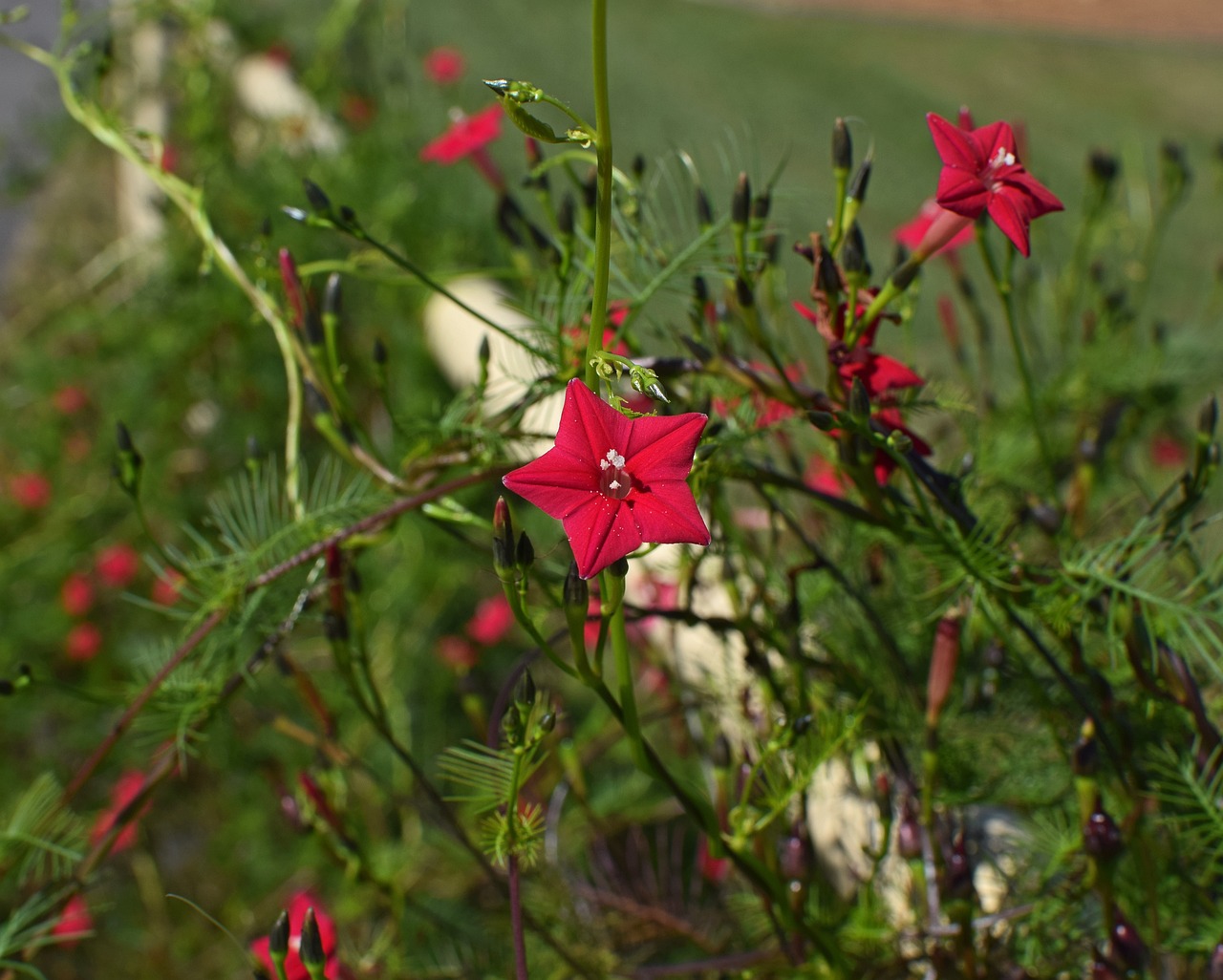
Seasonal Considerations
Understanding seasonal changes is essential for maintaining your vine plants and ensuring they thrive as a natural privacy fence. Just like people, plants have their own rhythms and needs throughout the year. In spring, for instance, the excitement of new growth is palpable. This is the time to implement strategies that will set the stage for a lush and effective privacy fence during the warmer months. Fertilization becomes crucial, as it provides the nutrients needed for vigorous growth. Training your vines to climb properly on their supports is also a key task; this ensures they spread out beautifully, creating that desired wall of greenery.
As summer rolls in, your vines will be in full swing, basking in the sun and soaking up moisture. However, don’t forget that just like a well-cooked meal, your plants need the right balance of ingredients to thrive. Regular watering is essential, especially during dry spells, to keep them lush and vibrant. You might even consider setting up a drip irrigation system if you have a larger area to cover. This not only conserves water but ensures your vines get a consistent supply of moisture.
When autumn approaches, it’s time to start thinking about how to prepare your vines for the colder months ahead. Just as you might layer up for chilly weather, your vines need protective measures to ensure their survival. Mulching around the base of the plants can help insulate the roots and retain moisture. Pruning is another critical task during this season; removing dead or unhealthy growth not only improves the overall appearance but also helps prevent disease during the winter.
Finally, winter care is all about resilience. Your vines may look bare and lifeless, but beneath the surface, they are gearing up for the next growing season. Protecting them from harsh weather conditions is vital. Use burlap or other materials to shield them from extreme cold or heavy snow. Remember, a little preparation goes a long way in ensuring that your vines bounce back come spring, ready to provide that beautiful privacy you desire.
In summary, seasonal considerations for your vine plants are not just about survival; they’re about thriving. By paying attention to their needs throughout the year, you can enjoy a stunning, natural privacy fence that enhances your outdoor space. So, roll up your sleeves and get ready to nurture your green companions through every season!
- What types of vines are best for privacy fencing? Some popular choices include Virginia creeper, clematis, and hops, each offering unique benefits and aesthetics.
- How often should I water my vine plants? Typically, vines need about an inch of water per week, but this can vary based on climate and soil type.
- When is the best time to prune my vines? Late winter or early spring is usually the best time to prune, before new growth begins.
- Can I grow vines in pots? Absolutely! Just ensure the pots are large enough to accommodate root growth and provide adequate support for climbing.
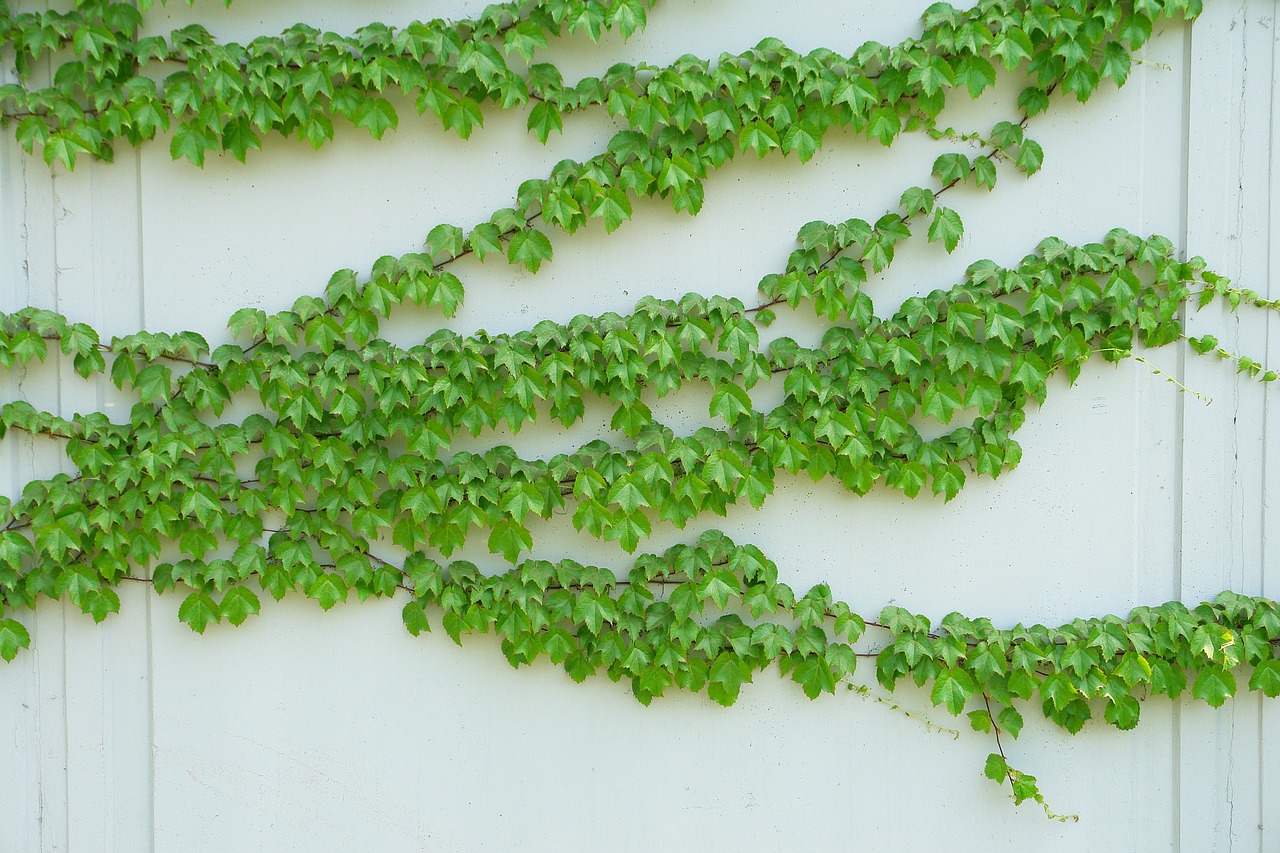
Winter Care
As the cold months approach, taking care of your vine plants becomes essential to ensure they survive the winter and come back strong in the spring. is not just about protecting your plants from frost; it involves a series of steps that prepare them for the harsh weather ahead. One of the first things you should do is to inspect your vines for any signs of damage or disease. This early assessment allows you to address any issues before they worsen.
Next, mulching is a crucial step in winter care. A thick layer of mulch around the base of your vines will help insulate the roots and maintain soil moisture. This protective barrier also prevents the soil from freezing too deeply, which can be detrimental to root health. Aim for a mulch layer of about 3 to 4 inches, using organic materials like straw, wood chips, or shredded leaves. This not only protects your plants but also adds nutrients to the soil as it breaks down over time.
Another important aspect of winter care is pruning. While it might seem counterintuitive to prune before winter, doing so helps remove any dead or diseased wood, which can harbor pests and diseases. Pruning also encourages healthy growth in the spring by allowing more sunlight to reach the remaining branches. However, it’s essential to know the right time to prune, as different vine species have different needs. For instance, some vines should be pruned in late winter while others benefit from early spring pruning.
Lastly, consider wrapping the base of your vines with burlap or using protective plant covers to shield them from extreme cold and wind. This extra layer of protection can make a significant difference in the survival of your plants. Remember, the goal is to create a microclimate that keeps your vines safe while still allowing them to breathe.
In summary, effective winter care for your vine plants involves:
- Inspecting for damage and disease
- Applying a thick layer of mulch
- Pruning at the appropriate time
- Using protective coverings
By following these steps, you can ensure that your vine plants not only survive the winter but thrive when spring arrives, ready to provide the beautiful privacy fence you desire.
Q: How do I know when to prune my vines for winter care?
A: The timing for pruning depends on the type of vine. Generally, late winter or early spring is ideal for most varieties. However, always check specific guidelines for your particular vine type.
Q: Can I use any type of mulch for my vines?
A: Yes, organic materials such as straw, wood chips, or shredded leaves work well. They not only insulate but also enrich the soil as they decompose.
Q: Is winter care necessary for all vine plants?
A: While some hardy vines can withstand cold temperatures without much intervention, most benefit from winter care practices to ensure their health and vigor in the spring.
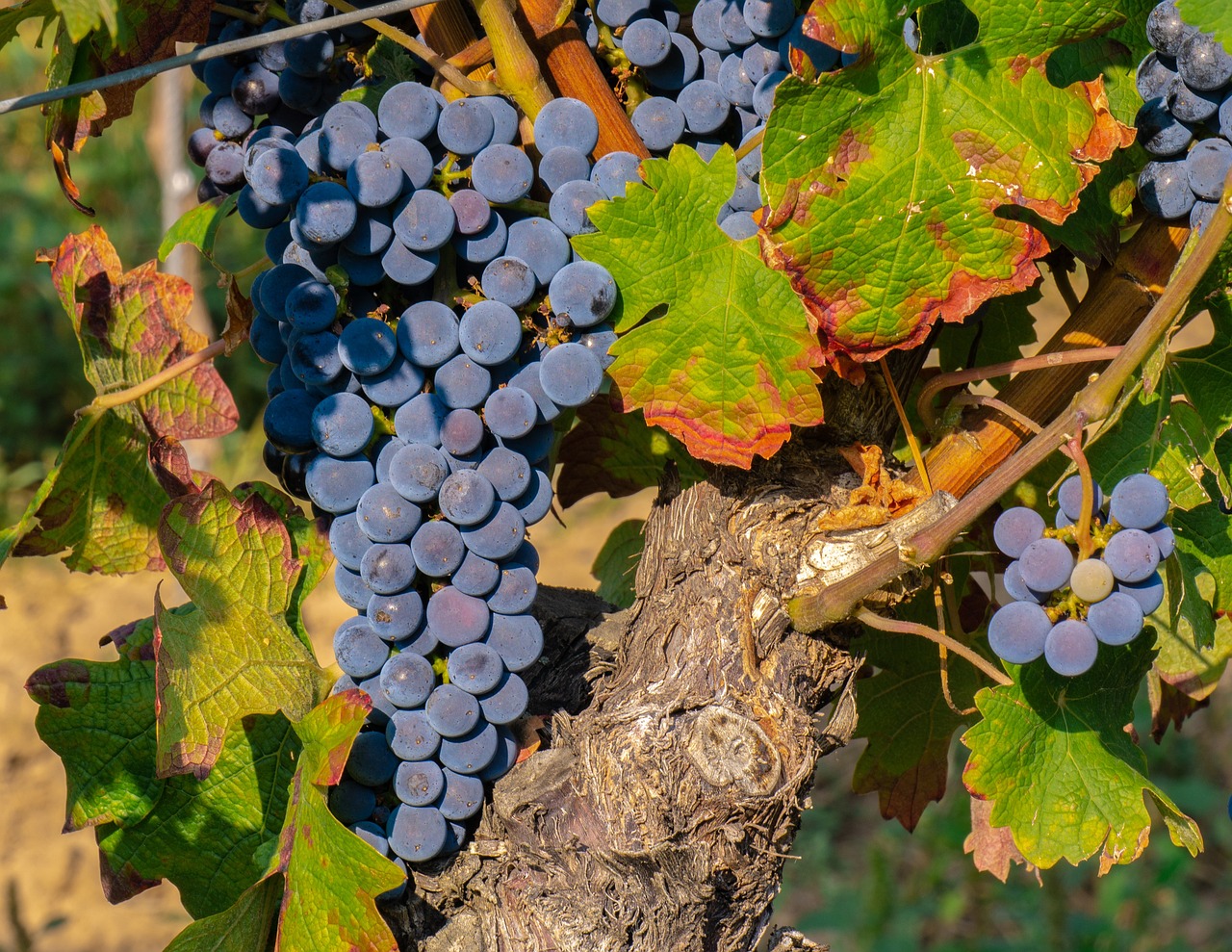
Spring Growth Strategies
As the chill of winter fades away and the warmth of spring begins to embrace your garden, it's time to focus on strategies that will promote vigorous growth for your vine plants. Spring is a critical period for these green climbers, as it sets the tone for their entire growing season. To ensure your vines flourish, consider implementing the following strategies:
First and foremost, fertilization is key. At the start of the spring season, applying a balanced fertilizer can provide essential nutrients that promote robust growth. Look for fertilizers that are rich in nitrogen, phosphorus, and potassium, as these elements are vital for the development of healthy foliage and strong roots. A good rule of thumb is to follow the manufacturer's instructions on the package for application rates.
Next, training your vines as they grow is crucial. This involves directing them towards their supporting structures, such as trellises or arbors. As new growth emerges, gently guide the vines to climb where you want them to go. This not only helps in achieving a beautiful, dense privacy fence but also encourages healthy growth by maximizing exposure to sunlight. Remember, the earlier you start training your vines, the easier it will be to manage their growth.
Additionally, monitoring moisture levels is essential during the spring. While spring rains can be beneficial, they can also lead to overwatering, which is detrimental to vine health. Ensure that the soil drains well and consider using mulch around the base of your plants to retain moisture while preventing weed growth. This will create a comfortable environment for your vines to thrive.
Lastly, don't forget about pest management as your vines begin to grow. Spring is a time when pests become active, so regular inspections of your plants are crucial. Look for signs of pests such as aphids or spider mites, and take action promptly. Organic solutions, such as neem oil or insecticidal soaps, can be effective in managing these nuisances without harming your plants.
By incorporating these strategies into your spring routine, you can ensure that your vine plants not only survive but thrive, creating a lush and vibrant natural privacy fence that you can enjoy all summer long. Remember, a little care during this crucial season can lead to a beautiful outdoor space that offers both privacy and aesthetic appeal.
- What type of fertilizer is best for vine plants? A balanced fertilizer with equal parts nitrogen, phosphorus, and potassium is ideal for promoting healthy growth.
- How often should I water my vine plants in spring? Watering should be done consistently, ensuring the soil is moist but not waterlogged. Monitor the moisture levels regularly.
- When is the best time to prune vine plants? The best time to prune is in late winter or early spring before new growth begins, allowing for a healthier and more robust plant.
- Can I use regular garden soil for planting vines? While regular garden soil can work, it's best to enrich it with compost and ensure good drainage for optimal vine growth.
Frequently Asked Questions
- What types of vine plants are best for a natural privacy fence?
Choosing the right vine plants depends on your climate and the level of maintenance you're willing to commit to. Popular options include clematis, hops, and jasmine, which are known for their rapid growth and dense foliage. Consider plants that thrive in your local conditions for optimal results.
- How do I prepare the soil for planting vine plants?
Soil preparation is key! Start by testing the pH levels to ensure they are suitable for vine growth, ideally between 6.0 and 7.0. Enrich the soil with compost and ensure good drainage to promote healthy root development. These steps create a nurturing environment for your vines.
- What are the watering needs for vine plants?
Vine plants generally prefer consistent moisture, especially during dry spells. It's crucial to water them deeply but infrequently, allowing the topsoil to dry out between waterings. This helps develop strong root systems and keeps your vines looking vibrant.
- How often should I prune my vine plants?
Pruning is essential for maintaining the health and appearance of your vines. Aim to prune them at least once a year, typically in late winter or early spring before new growth begins. This encourages bushier growth and prevents overcrowding, ensuring your privacy fence remains lush.
- What are some common pests that affect vine plants?
Common pests include aphids, spider mites, and whiteflies. Regular inspections can help you catch infestations early. Look for signs like discoloration or webbing on the leaves, and take action promptly to protect your plants.
- How can I enhance the aesthetic appeal of my vine plants?
To enhance the visual appeal of your privacy fence, consider combining different varieties of vines with varying colors and textures. Incorporating supporting structures like trellises or arbors can also add depth and beauty to your outdoor space.
- What should I do to prepare my vines for winter?
Preparing your vines for winter involves a few key steps: apply mulch around the base to insulate the roots and prune any dead or damaged growth. These measures help ensure your vines survive the colder months and are ready to thrive come spring.
- What strategies should I implement in spring for my vine plants?
Spring is a crucial time for growth! Focus on fertilization to boost nutrient availability, and consider training your vines to climb properly. This sets the stage for a flourishing privacy fence that will provide beauty and seclusion throughout the summer.



















